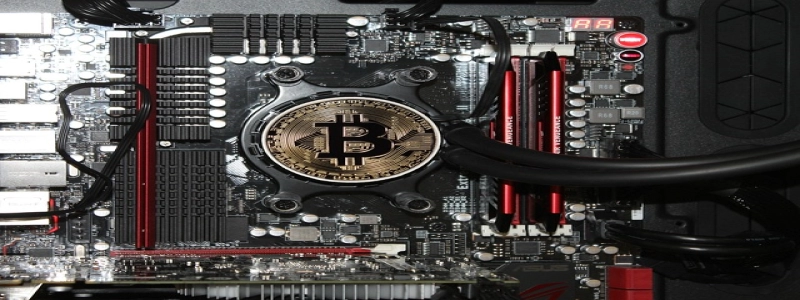Ethernet Cable vs. Fiber Optic Cable: Exploring the Differences
Introduction:
In today’s digital world, we heavily rely on internet connectivity for various applications. Ethernet cable and fiber optic cable are two commonly used technologies for transmitting data. This article aims to explore the differences between these two types of cables, their advantages, and limitations.
I. Understanding Ethernet Cable:
Ethernet cable, also known as twisted-pair cable, is a traditional copper-based cable that has been widely used for networking purposes. It consists of four pairs of insulated copper wires, with twisted pairs to reduce electromagnetic interference.
Advantages of Ethernet Cable:
1. Cost-Effective: Ethernet cables are cheaper compared to fiber optic cables, making them a popular choice for small businesses and home networks.
2. Compatibility: Ethernet cables can be used with a variety of devices, including computers, routers, switches, and gaming consoles.
3. Easy Installation: Ethernet cables are easy to install and can be connected through standard RJ45 connectors.
4. Reliable Performance: Ethernet cables have a proven track record for delivering reliable and consistent data transmission.
Limitations of Ethernet Cable:
1. Limited Distance: Ethernet cables have a maximum data transmission distance of 100 meters. Beyond this distance, signal degradation may occur.
2. Susceptible to Interference: Copper-based Ethernet cables are more susceptible to electromagnetic interference, which can lead to data loss or slow transmission speeds.
3. Slower Speeds: Ethernet cables have slower transmission speeds compared to fiber optic cables, making them less suitable for high-bandwidth applications.
II. Understanding Fiber Optic Cable:
Fiber optic cable is a newer technology that uses thin strands of glass or plastic to transmit data as pulses of light. These cables provide higher transmission speeds and are immune to electromagnetic interference.
Advantages of Fiber Optic Cable:
1. High Speeds: Fiber optic cables offer much higher transmission speeds compared to Ethernet cables, making them ideal for bandwidth-intensive applications like video streaming and online gaming.
2. Long-Distance Transmission: Fiber optic cables have the capability to transmit data over long distances without any signal loss or degradation.
3. Immunity to Interference: Unlike Ethernet cables, fiber optic cables are immune to electromagnetic interference, resulting in consistent and reliable data transmission.
4. Future-Proof: Fiber optic cables provide scalability and can accommodate future technological advancements, making them a reliable long-term investment.
Limitations of Fiber Optic Cable:
1. Cost: Fiber optic cables are more expensive compared to Ethernet cables, making them less accessible for small businesses or home networks.
2. Specialized Equipment: Fiber optic cables require specialized equipment and expertise for installation and troubleshooting, adding to the overall cost and complexity.
Conclusion:
Both Ethernet cable and fiber optic cable have their own advantages and limitations. Ethernet cables are a cost-effective solution for small businesses and home networks, whereas fiber optic cables offer higher speeds, longer distances, and immunity to interference, making them suitable for high-bandwidth applications. The choice between these two technologies ultimately depends on the specific requirements, budget, and future scalability needs of the network.







